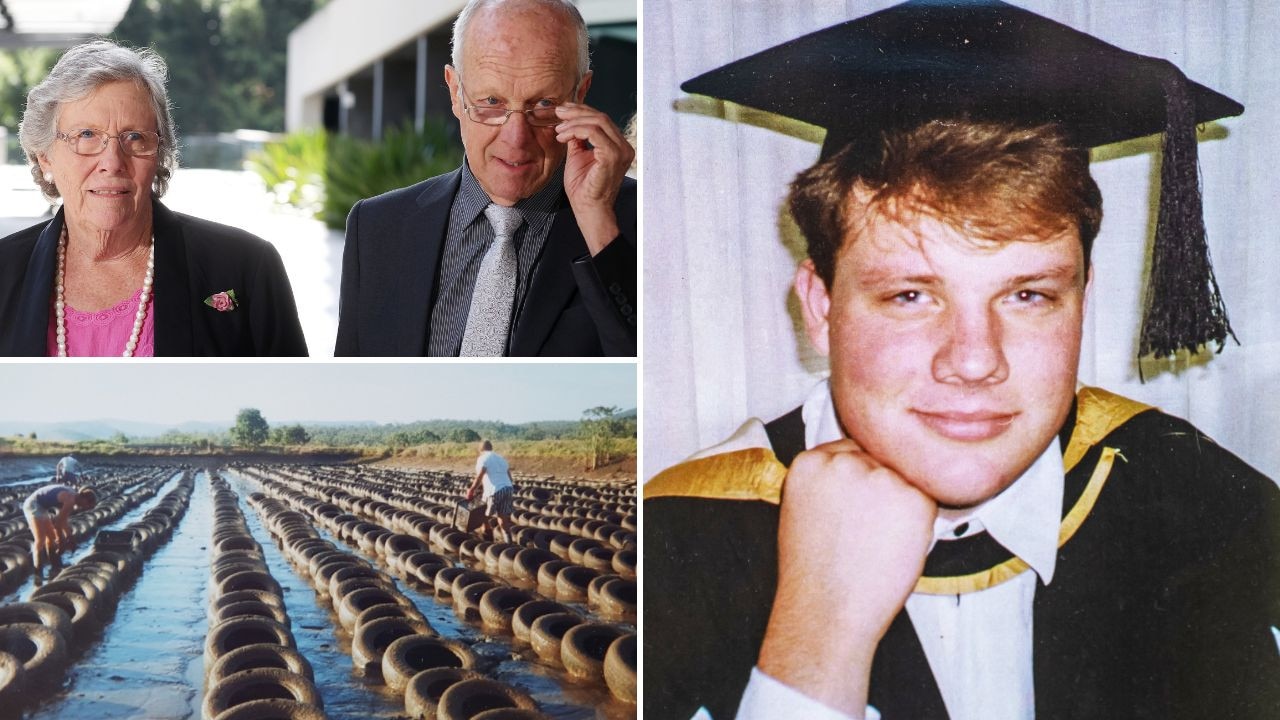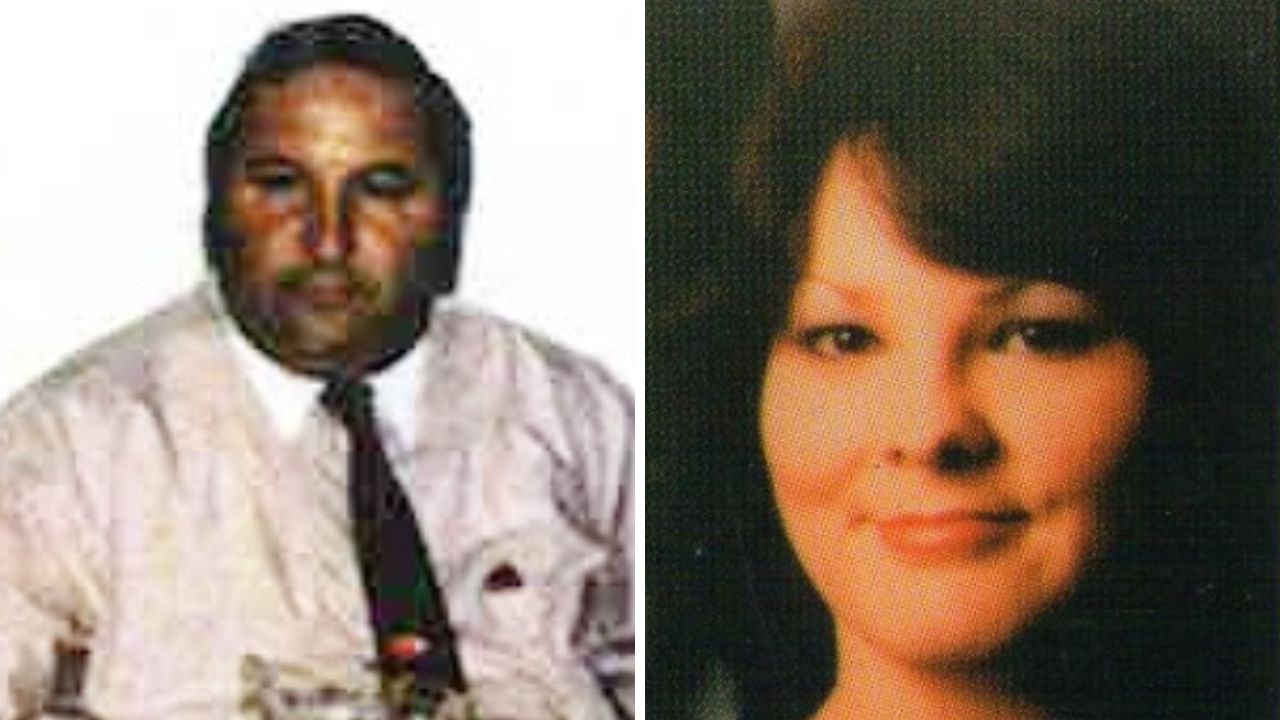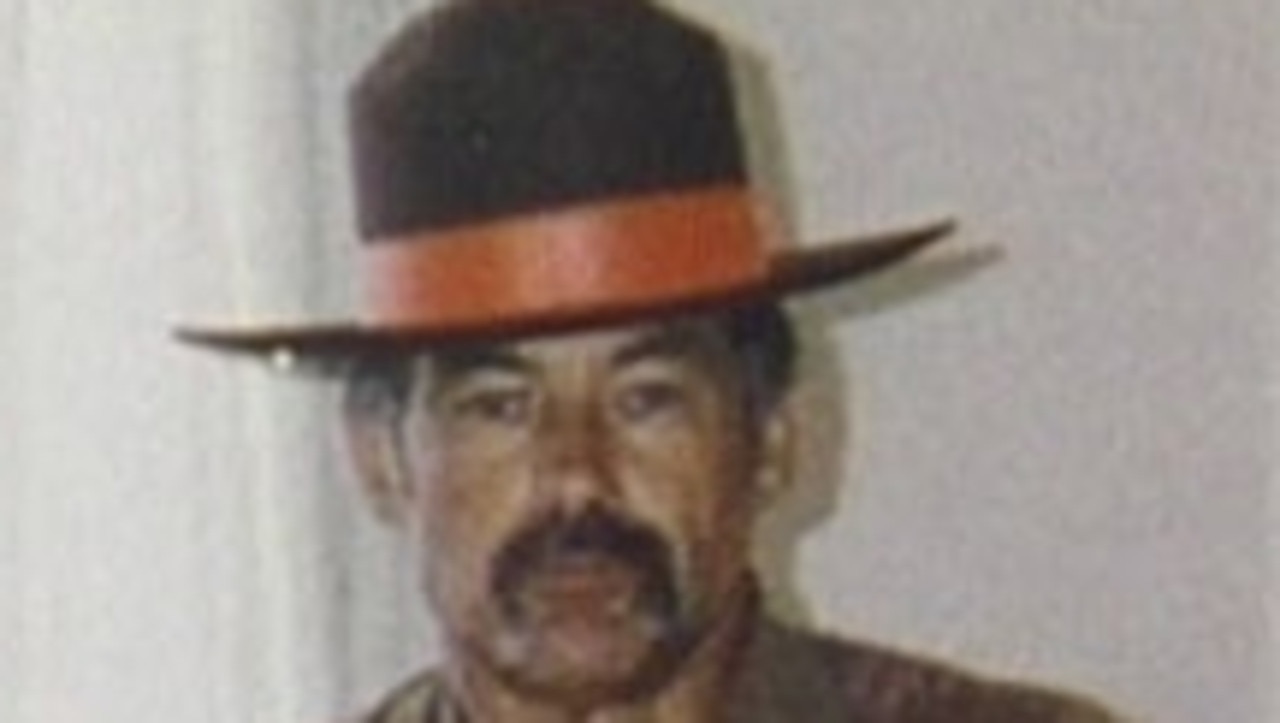Man found in Nambour, among 24 unidentified bodies across Queensland
Qld police have released images of tattoos and other evidence to identify a man whose body was found in Nambour. It’s one of many remains piling up at police, mortuary and forensic facilities.
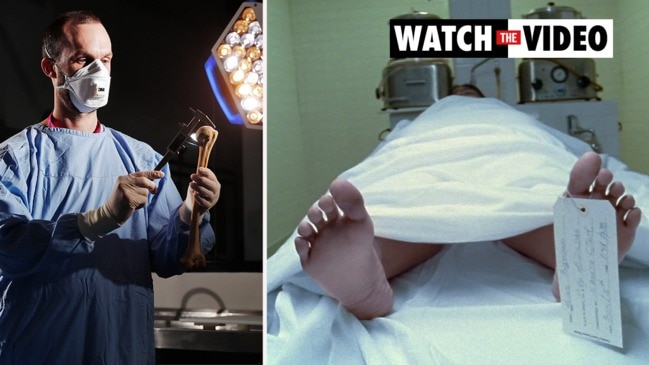
Cold Cases
Don't miss out on the headlines from Cold Cases. Followed categories will be added to My News.
Exclusive: Tattoos of a shark and an eagle on his left and right shoulders, a woman with an American Indian head dress, and a warrior or gnome like figure, may hold the key to identifying a man whose body was found in Nambour in 2008.
The distinctive tattoos along with an updated digital facial image created from DNA technology have been released by police in the hoped it help someone recognise the man.
A new DNA technique called phenotyping has also revealed the man’s ancestry is likely to be from New Zealand and he likely had green/hazel eyes.

Detectives from the Qld State Crime Command’s Missing Persons Unit called in external forensic specialists to identify the likely ancestry of the man and facial characteristics.
Detective Acting Senior Sergeant Dario Goriup of the Missing Persons Unit has said results showed the man may have close family connections to the North Island of New Zealand, specifically the Tauranga, Bay of Plenty area.
The man, believed to be aged between 45 and 65, was found dead near the eastern spillway of the Poona Dam, near Nambour by a workman on September 9 2008. His death is not being treated as suspicious.
Police believe the man may have been there for several days.
The man is described as being of a solid build, approximately 185cm tall, balding with grey hair and having an appendix scar and the four tattoos. The man’s wallet, containing no ID, was found with no ID but a card with a smiley face that read “Have a nice day. There was also an old Plains Video Kingaroy rental card but the video store has closed.
He was wearing a red ‘Bauhaus’ baseball cap, long sleeved ‘Duchamp’ brand black shirt, ‘Aus sport’ grey tracksuit pants, white orange and grey ‘Fila’ ankle socks and a pair of ‘Cougar’ white, navy, silver and orange sandshoes. A brown leather ‘Fox’ satchel was discovered next to his body.
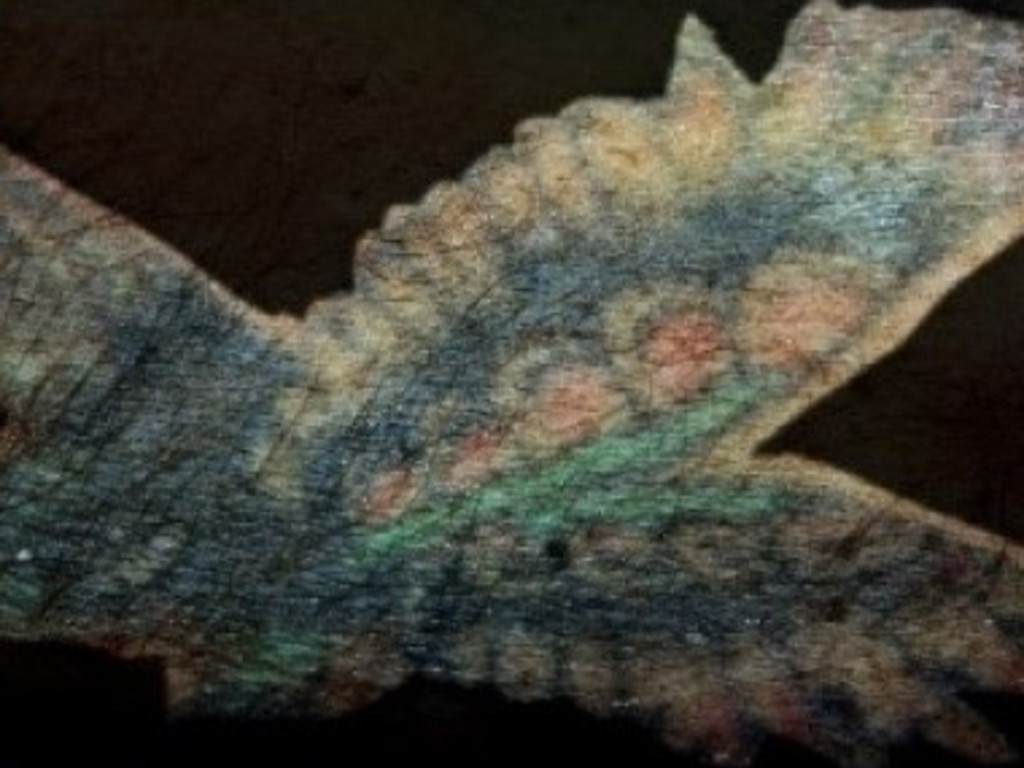
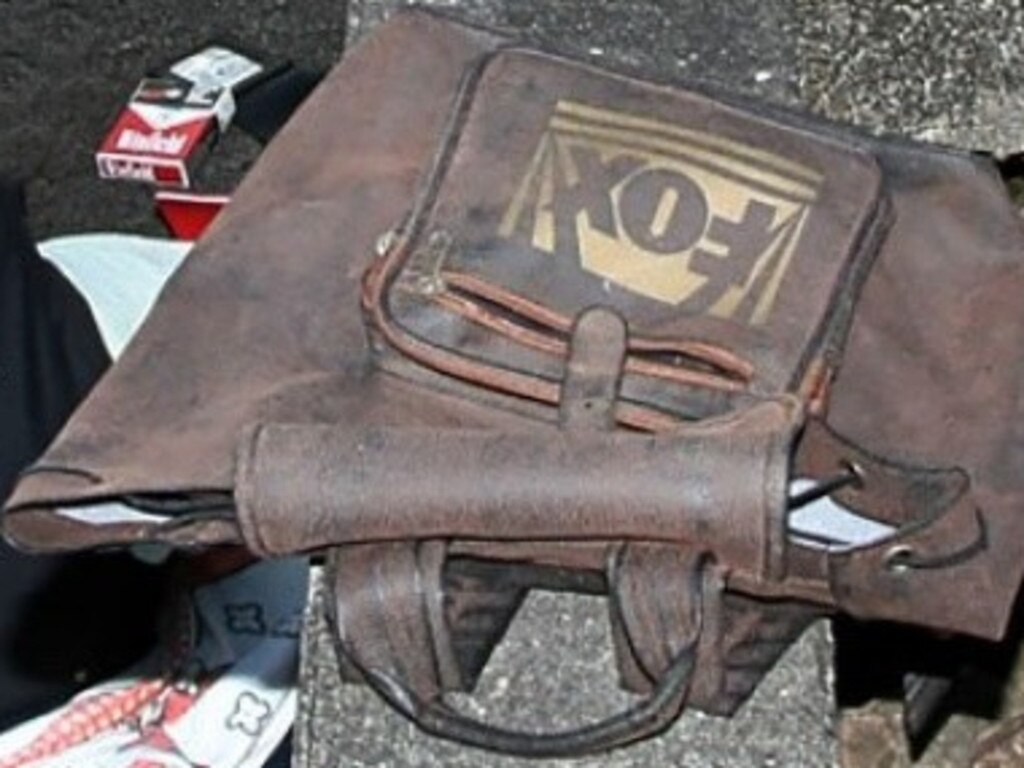
Last year, in Kybong near Gympie in Queensland, part of a human leg was found. The only clues police have to go on are that the person had a metal plate with at nine screws in their leg, and they were wearing a pair of Jet Star sneakers and blue jeans.
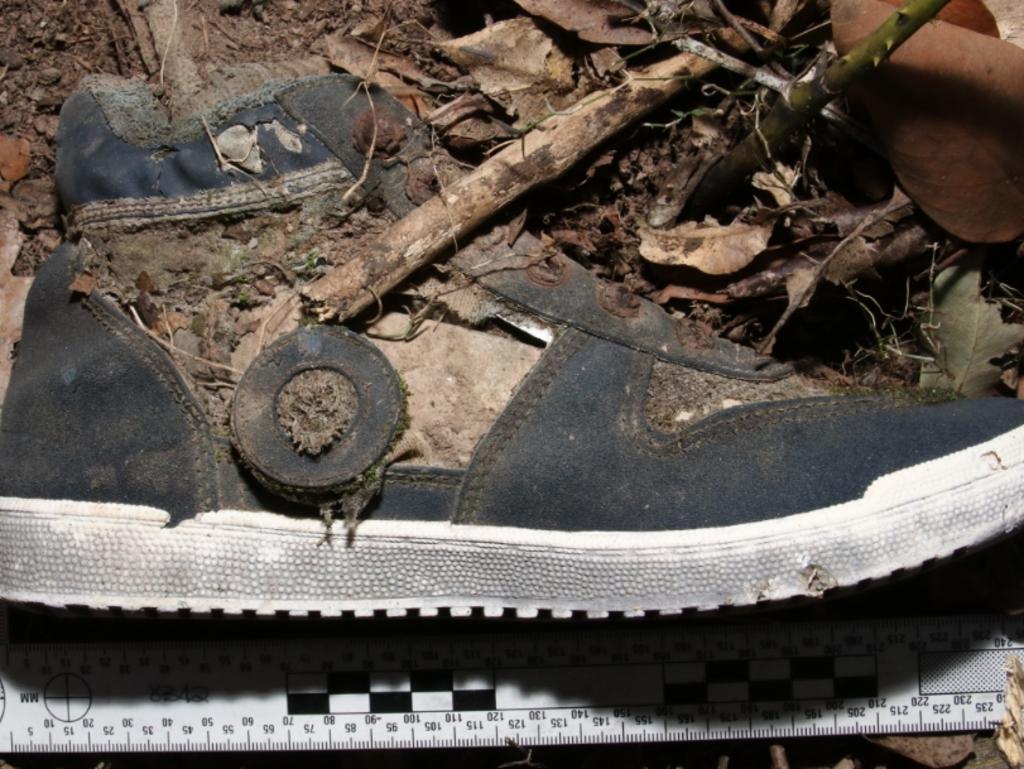
The renewed appeals comes as it can be revealed there are hundreds of unidentified bones and bodies – including babies – being stored at police, mortuary and forensic facilities around Australia while waiting for a breakthrough clue that could unravel the mystery of who they are.
Hundreds more have been respectfully buried in unmarked graves, but have had their DNA profile and tissue samples stored in laboratory banks, ready to test in case of future advances in technology.
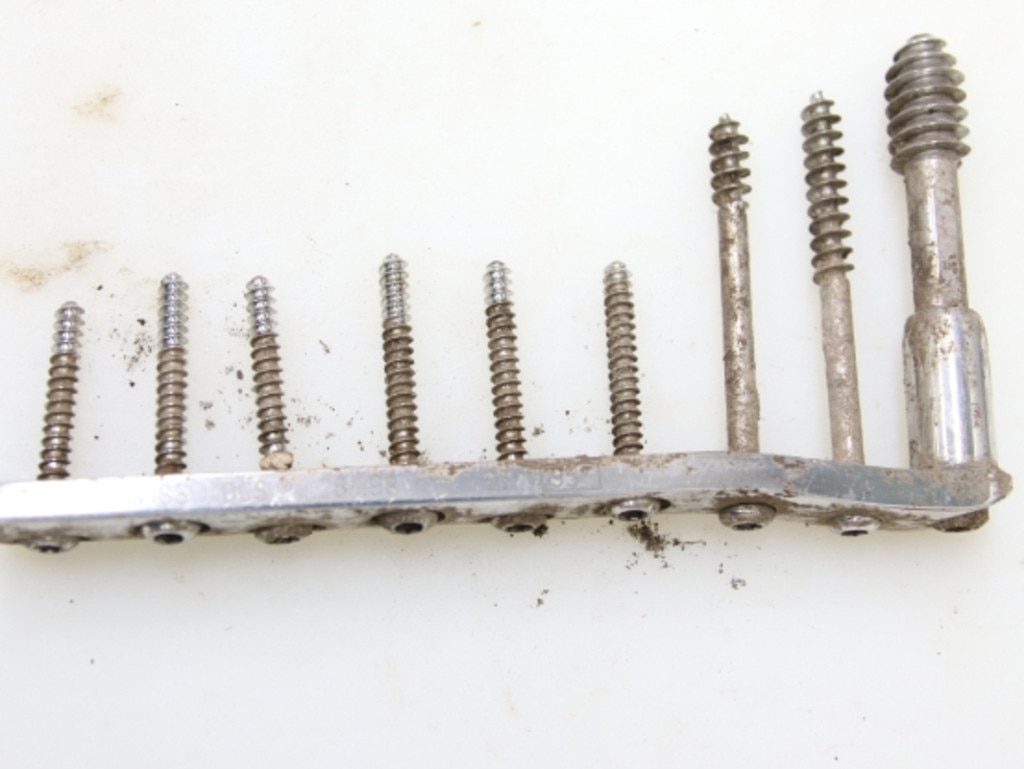
It is estimated there are more than 500 sets of unidentified remains – either bone fragments or partial remains such as a foot or torso – and many of which date back decades. But there could be many more and the final number will only be revealed once a national audit of those remains is finalised.
NSW as about 440 unidentified bodies or human remains cases, with just over 100 being held by NSW Health.
In Queensland there are 24 unidentified bodies – among them three babies and a foetus – and bones including a foot and a torso that washed up on different beaches years ago.
Of the 24, five have been in the care of Queensland Health for more than five years and 10 have been there for more than two years.

Victoria has 142 unidentified human remains found between 1960-2021, with 14 of those in storage for more than two years. One of them is an infant.
All unidentified remains are currently being catalogued and with their unique profiles being stored in one place, the AFP’sNational Missing Persons Coordination Centre (NMPCC).
Six of those cases are now the subject of Interpol Black Notices which have been sent to international law enforcement partners for help identifying the long term unidentified deceased persons.
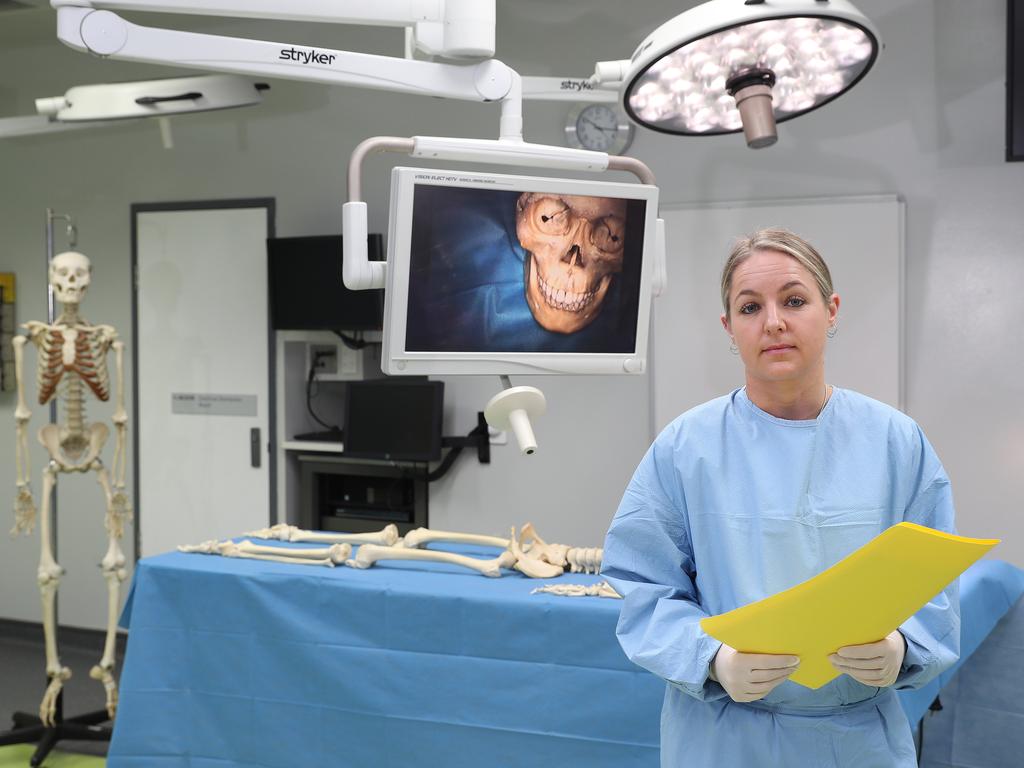
The sharing of the Black Notices only takes place when all domestic based inquiries have failed to resolve the case and the person is believed to be of a foreign nationality.
Associate Professor Jodie Ward, the head of the NMPCC said the nationally co-ordinated program’s activities will improve opportunities to solve cases.
“Many of these remains are incomplete, old, degraded or compromised by environmental insults such as salt water, fire or tropical climates,” Prof Ward said.
“Most of these samples have not been tested with the full complement of available forensic techniques.”
She said these include testing by DNA specialists, forensic pathologists, anthropologists, and dental specialists.
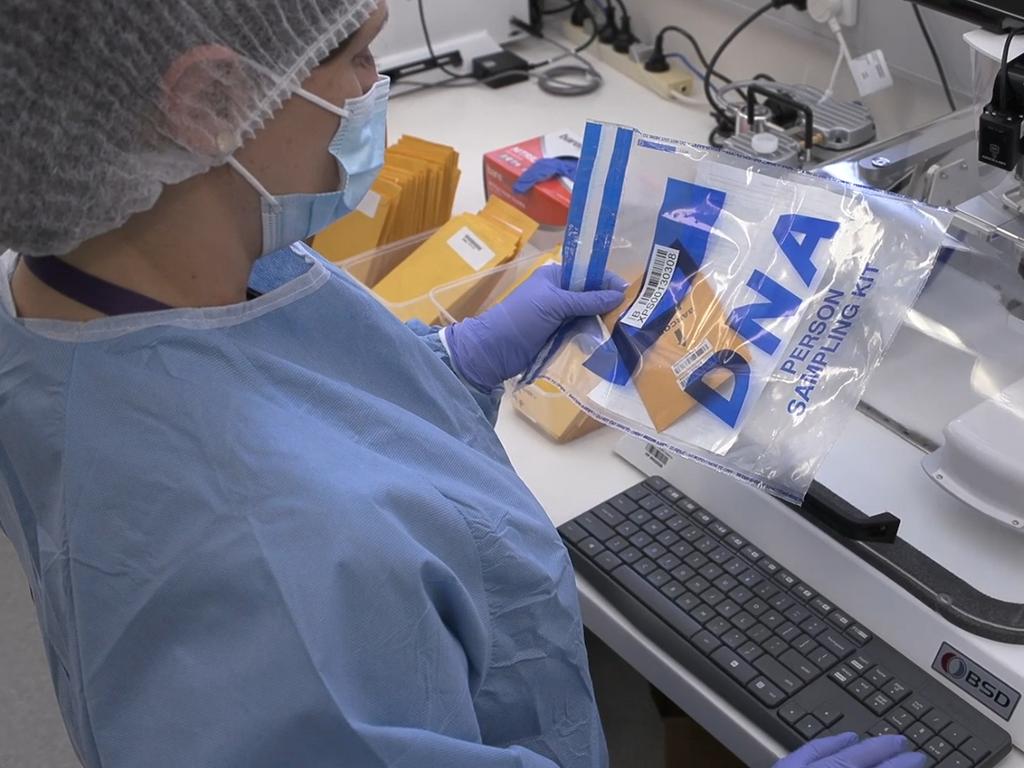
“This complex work often includes the recovery and profiling of DNA from human skeletal remains that are decades old and highly compromised by environmental exposure,” Prof Ward said.
“The techniques used to recover DNA profiles from challenging skeletal remains have improved significantly in recent years, including the development of more sensitive DNA profiling kits,” said Profess
Since 2019 the NSW Forensic & Analytical Science Service has been recovering DNA profiles from all long-term unidentified human remains.
In many cases, a sample of recovered DNA, tissue or bone is retained in the event that future DNA technology allows for even more advanced testing.
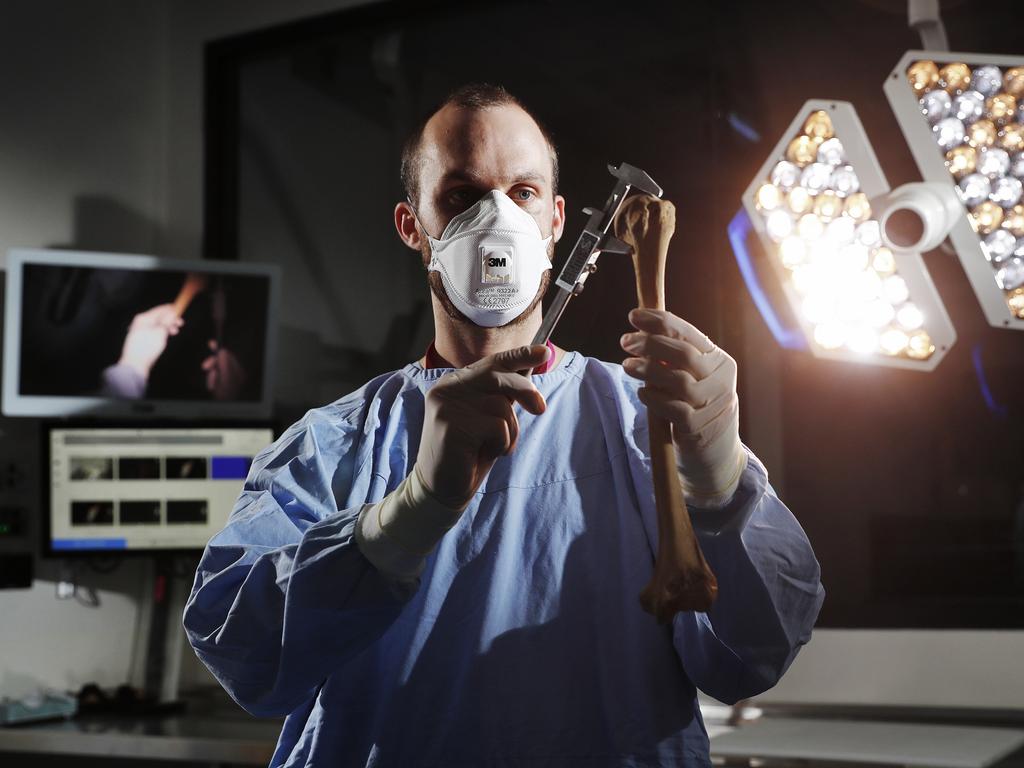
The use of multiple profiling techniques such as Y-chromosome testing and mitochondrial DNA sequencing optimises the potential for identification and the recovery of previously unattainable DNA profiles from historical cases.
New programs are also collecting the DNA of biological relatives of missing persons after a review of case files revealed a lack of direct or familial DNA.
Detective Inspector Browne said the NSW Police Force is currently reviewing all unidentified human remains cases it has.
“We hope this review process and the use of new forensic technologies will provide answers for the families of long-term missing people,” Det Inspector Browne said.

A handwritten note revealing a distressing and “incurable” eye condition could finally be the clue police investigators need to identify a man whose body was found at the bottom of a popular tourist attraction more than 17 year ago.
In a remarkable DNA breakthrough this week, NSW Police have linked the man to the note which was discovered inside a backpack found on top of the man’s body at Echo Point in the Blue Mountains in 2004.
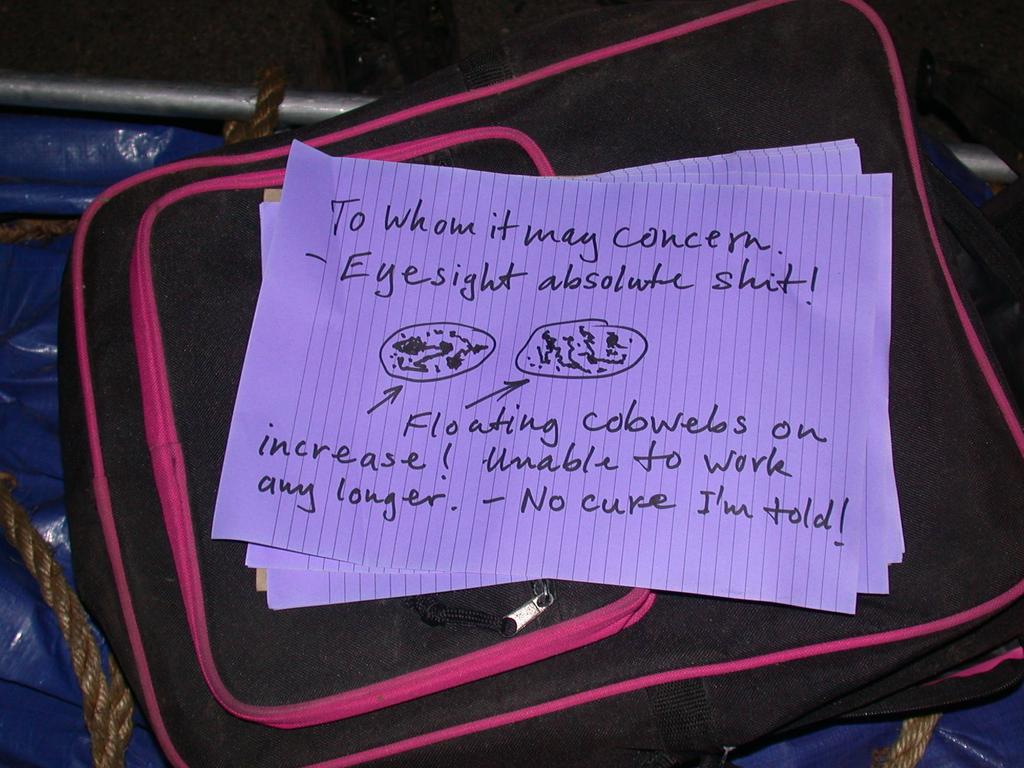
Addressed to “whom it may concern” the note – which has never before been released to the public – includes hand-drawn diagrams about the man’s eye condition described as “floating cobwebs”.
“Eyesight absolute shit!,” the note reads. “Floating cobwebs on increase! Unable to work any longer – no cure I’m told!”.
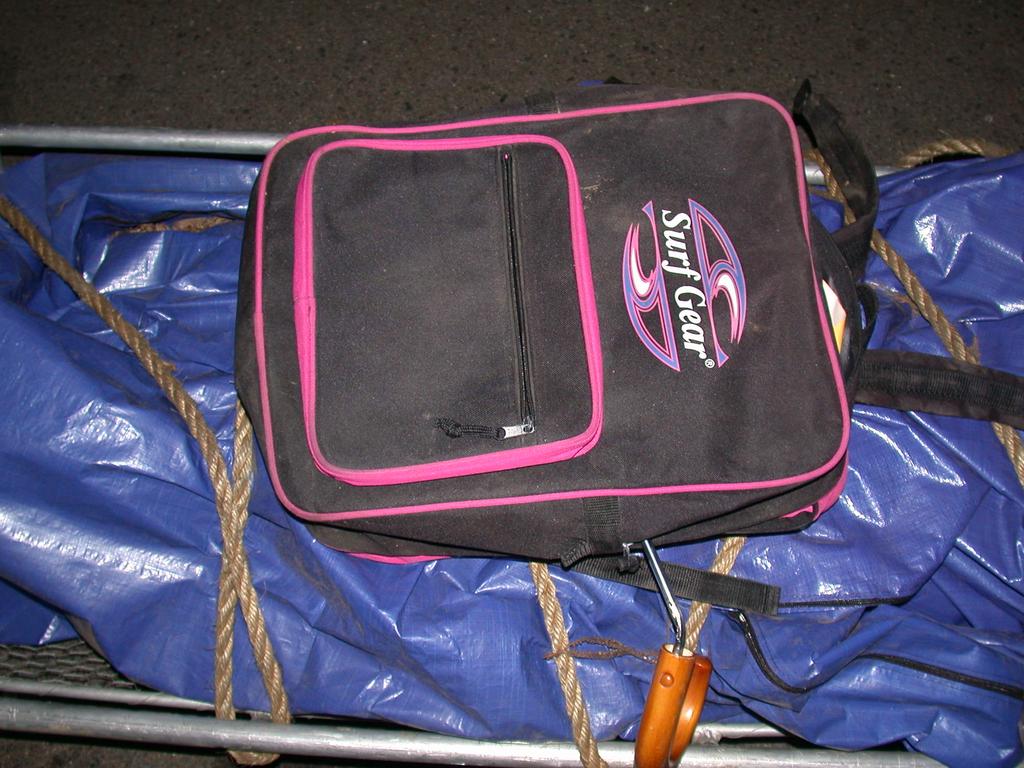
In a rare move, the NSW Coroner has authorised the release of the note in a last-ditch attempt to find out who the man is and why he died. .
It was in a remote location at the bottom of the popular tourist attraction The Echo Point Lookout. He died of multiple injuries consistent with a fall of 150m to 200m. Police believe he could have died anytime in the six months before the discovery.
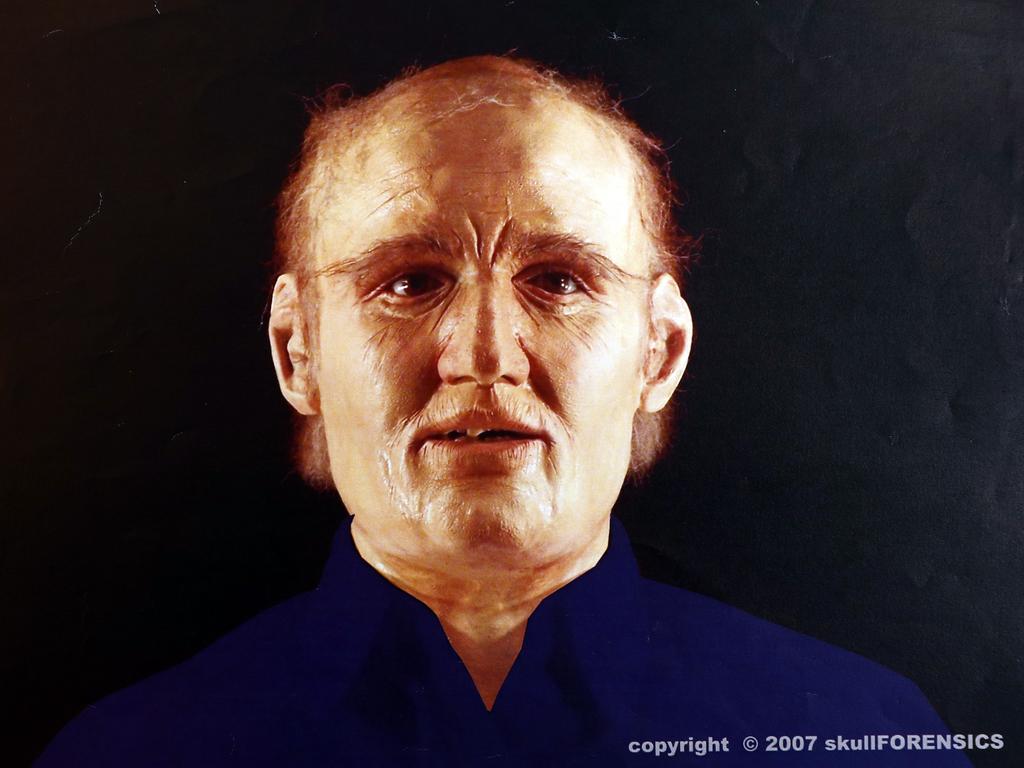
The Echo Point man as he became known was found with a $100 bank note in his pocket, a black comb, two blue handkerchiefs and a packet of Extra chewing gum, a diamond brand key, and Winfield Blue cigarettes. He was not carrying any identification.
He was about 178 cm tall, had his own teeth and was balding.
He was wearing work clothes including blue corduroy trousers with the label “Savone”, a white T-shirt under a blue long sleeve shirt, brown leather work boots size 11 ½ with the label TWF.
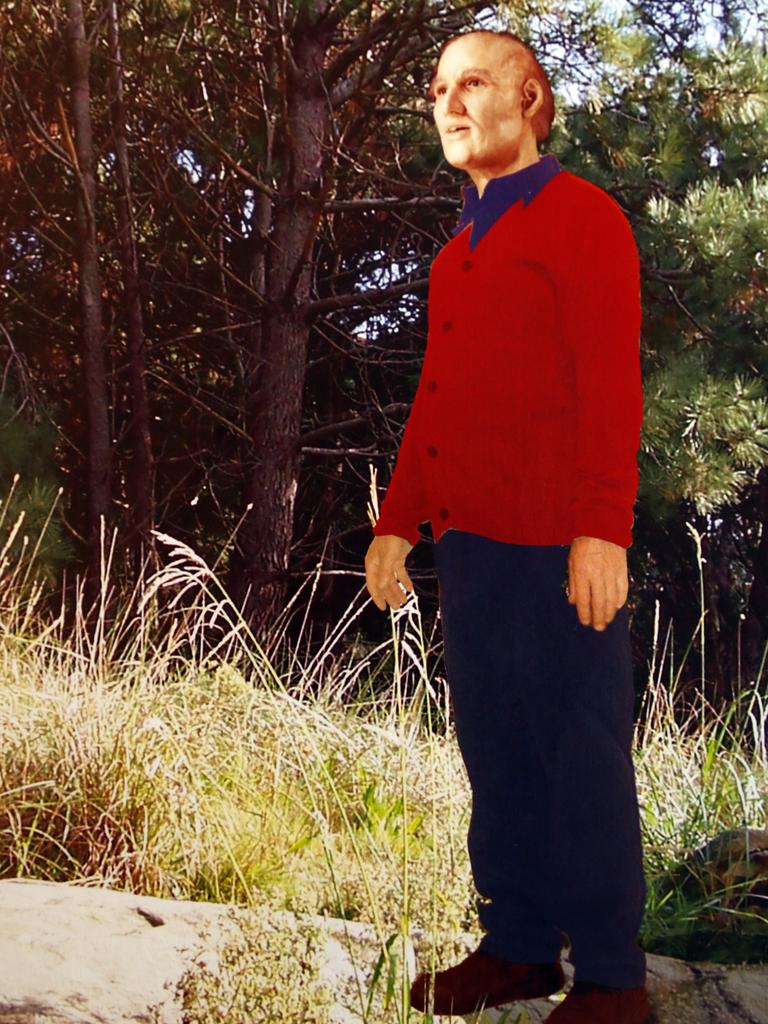
Det Insp Browne believes he may have been homeless for a period before his death because the backpack contained a toothbrush, a razor and a shaving brush.
Police asked Dr Meiya Sutisno, a forensic anatomist, to build a 3D facial reconstruction of the man’s face for a media campaign story and identify him. He was shown to be caucasian and in his 50s. But no one came forward.
This time police hope the details of his condition and failing eyesight might prompt colleagues, family or doctors to come forward.
For 13 years Victoria Police have been trying to identify a man, believed to be of Indian subcontinental heritage, who was killed after being hit by two separate trains on the tracks at Pakenham Station, on the outskirts of Melbourne.

Despite having CCTV footage of him on a stationary train on Thursday night 14 August, 2008 in the moments before his death, no-one has come forward to identify him.
The footage shows him entering the train carriage watching the doors close and for a few seconds looking about the empty carriage, before putting his face in his hands and then getting off the train.
It was about 9.15pm when he then got onto the railway tracks and was hit by one train, and then by another.
The man appears to be wearing glasses and had on a distinctive sports club jacket, believed to be from New South Wales, with a “Valley Statesman Rugby League” logo, baggy jeans with a blue and red jacket.
The sport’s jacket’s original owner is believed to have discarded it in either Pakenham or nearby Doncaster months before the unidentified man’s death.
Although a pathologist estimated he was between 20 and 30 years old when he died, the video shows he is already balding. He was about 170cm tall, with a slightly portly frame.
The deceased man carried no ID, had no tattoos or distinctive scars.
If you recognise any of the people please call Crime Stoppers 1800 33 000.
More Coverage
Originally published as Man found in Nambour, among 24 unidentified bodies across Queensland







